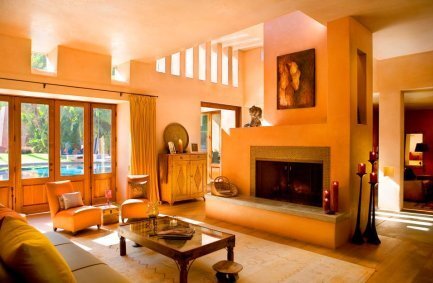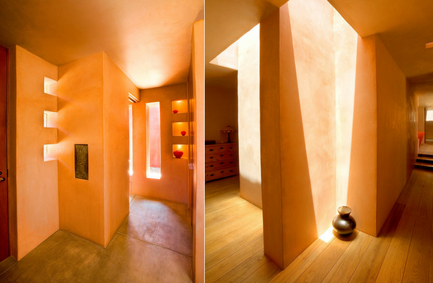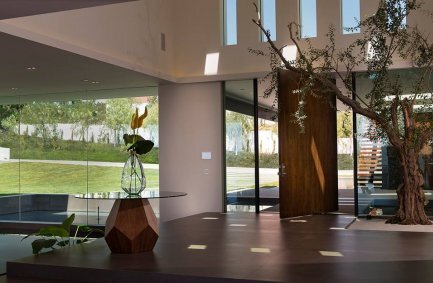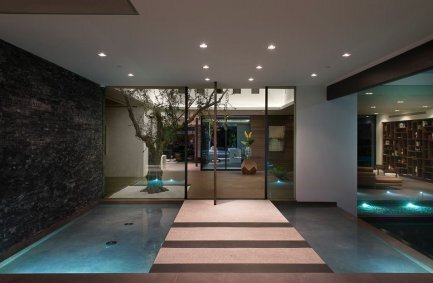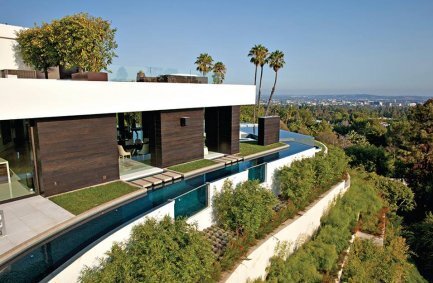Design for Human Well Being
Most basically, houses give us shelter from the weather, a place to sleep protected from lions and tigers and bears, and room to keep our stuff. But can our living space affect our wellbeing and mood in more profound ways?
A study on visual landscape and psychological well being concluded, The potential of visual landscapes to reduce or heighten anxiety, and to influence other aspects of emotional states, should be considered in attempts to achieve more holistic evaluations of planning effects. Neuroscience and environmental psychology have continued to influence thought on the effects of our surroundings, especially in regards to hospitals, care facilities, and schools, and interest in these effects for all the places we inhabit has continued to rise.
Elements like daylight, volume, angles, materials, and sightlines all trigger physiological and psychological reactions. As we increasingly find ourselves working from home, our primary roost may well impact our wellness, stress, energy, and sense of self more than ever before. At Whipple Russell Architects design starts with the people who will occupy the space… and we start with light.
Daylighting is the architecture design term for the use of natural light. A daylit space utilizes sunlight as the principle source of daytime illumination needed by the occupants in order to use the space effectively, thereby saving on electric energy.
Our Mandeville Canyon design exhibits the play of light as ever changing throughout the day (1st & 2nd photos). The artful manipulation of space, shadow, geometry, materials, and color provides an emotional impact, along with lighting the space for use. Add to this the careful positioning of glass doors and walls, windows, and skylights that connect us visually to the outdoors, framing views and vistas.
The views of landscape, water, and sky framed by the architecture – a particular focus of Marc’s designs – have proved to be mentally and physically restorative.
Our Benedict Canyon project (3rd & 4th photos) contains many natural elements: the foyer olive tree, a living room water feature, and Zen garden. Marc’s designs frame expansive views of hills, nature, horizon, and very often, water. The Laurel Way moat brings water into view from virtually every room of the house (last photo).

